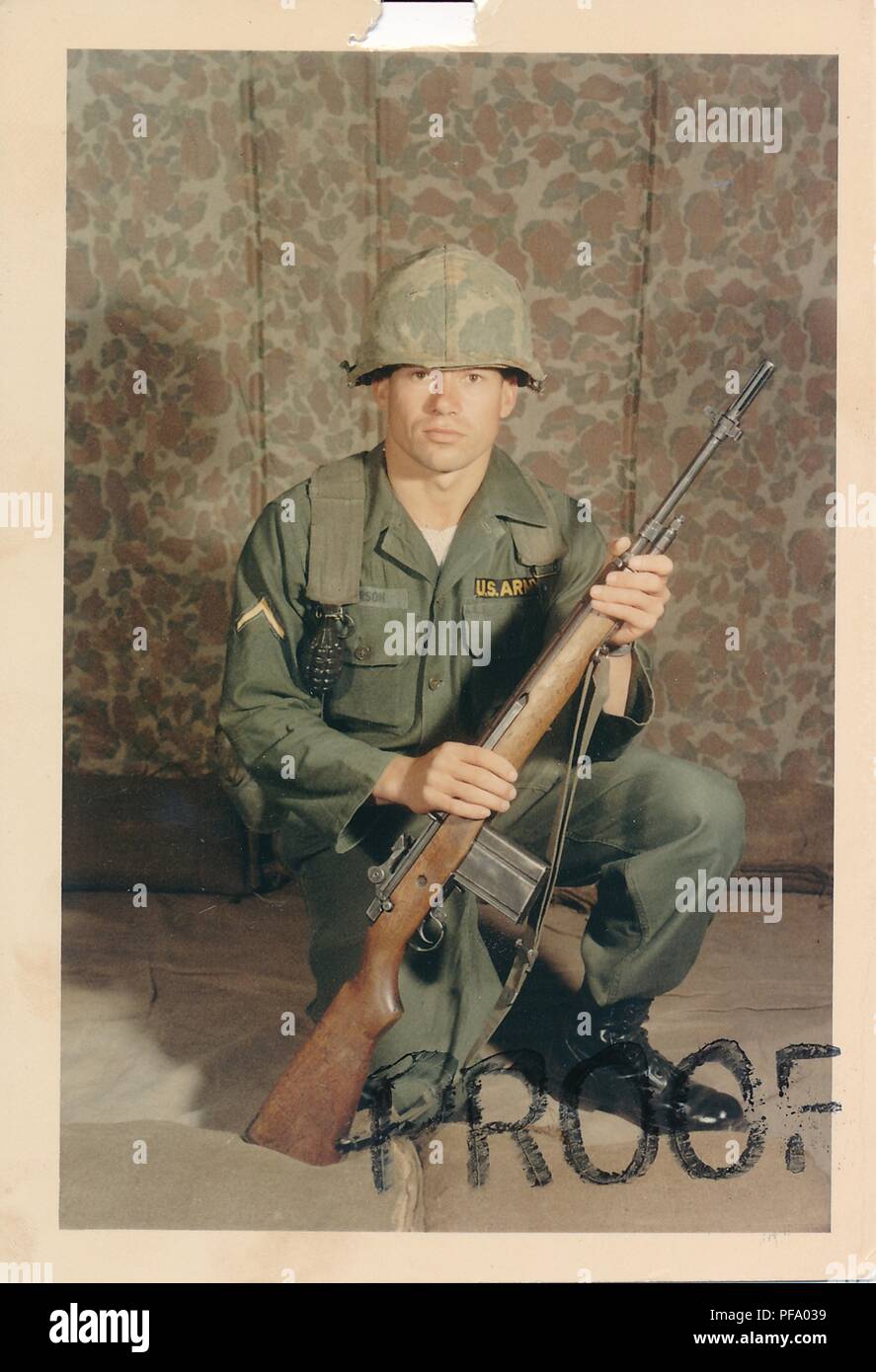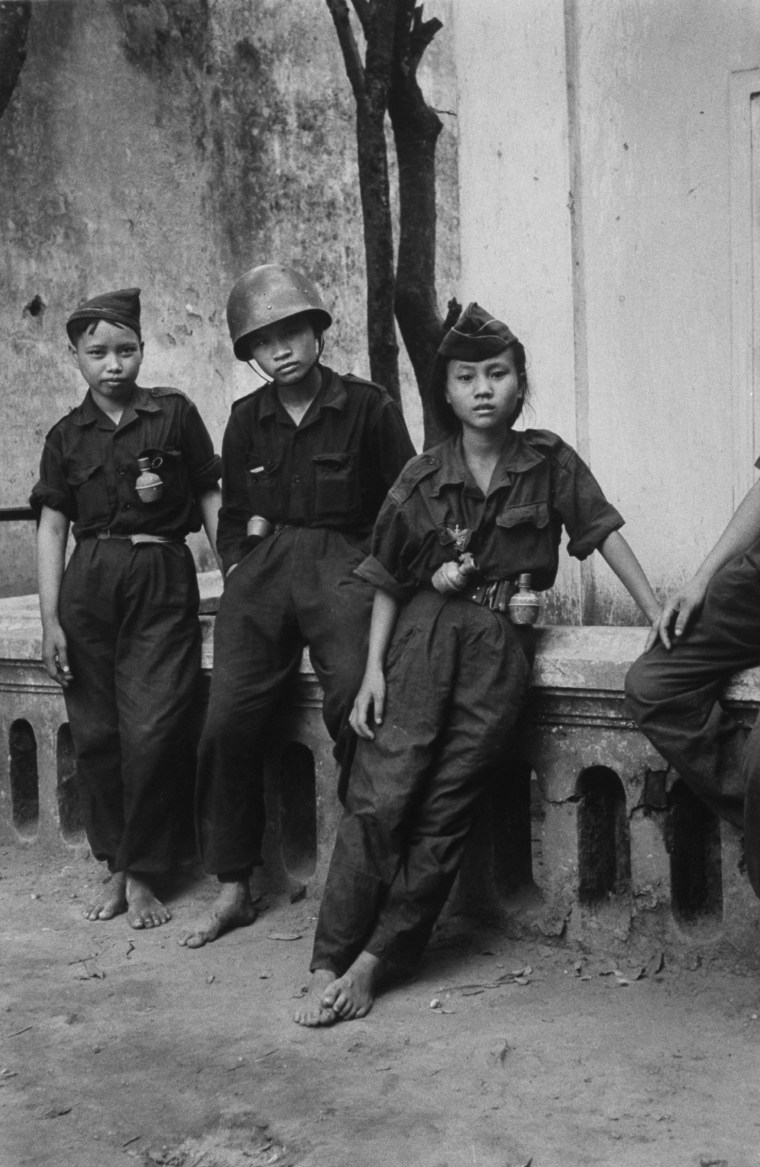Vietnam War Grenades - This article contains a list of citations, but not enough line citations. Please help improve this article by including more accurate citations. (April 2009) (Learn how and how to remove this template message)
The Mk 2 (originally called the Mk II) was a fragmentation weapon introduced by the United States Army in 1918. Served in subsequent conflicts, including the Korean War and the Vietnam War. It replaced the failing Mk 1 class in 1917, was standardized as the Mk II in 1920, and was renamed the Mk 2 on 2 April 1945.
Vietnam War Grenades

The Mk 2 was gradually retired with the introduction of the M26 series (M26/M61/M57) during the Korean War. Due to the high numbers produced during World War II, the Mk 2 was limited to the US Army and US Marine Corps throughout the 1950s and 1960s. The US Navy was one of the last users of the Mk 2, which was eventually retired from the US Army in 1969 and replaced by the M33 series (M33/M67).
Original Vietnam War Nva North Vietnamese Army Min Minh Mine Twine Grenade
The Mk 2 level did not largely replace the failed Mk 1 level used by the US Army during World War I. Although 44 million were ordered and over 21 million completed (which allowed the Mk 1 level airframe to be converted to the Mk 2 configuration), few reached US troops overseas before the war began. It was officially standardized in 1920. The Mk 2, like the Mk 1, was made of cast iron with grooved surfaces arranged in groups of 40 in 5 rows and 8 columns. This is to eliminate debris (in practice, it turns out the grooves don't disturb debris as much as desired) and to provide better maintenance through handling and handling grades. The grooves and knobs make it look like a pineapple, which is where the nickname comes from. It is also commonly referred to as the "fragment" class, in contrast to other types of class, such as the Mk 3 contusion class, which was also developed during World War I.
The Mk 2 uses M5, M6, M10, M11 or M204 filters. The original M5 and later M6 and M204 series are detonation fuzes for high explosive classes. The M10 and M11 series are used for detonators loaded with explosives. The first issue had a lot of problems. In the M5, moisture can get under the foil fuel cap without leaving the weapon. Early printers didn't get completely dirty, they would "snap" loudly and create a spark that would activate. They also make a faint "hiss" sound as they burn, warning enemies of their prophecy. The interwar M10 and early World War II M10A1 would sometimes detonate prematurely when the primer flash hit the charge instead of the delay fuze. They were replaced by M10A2 and M10A3. A less common fuse type is the M11.
The M6A4C has a 4 second delay. The M5 and M11 have the same 4 to 5 second delay as the M10, M10A1 and M10A2. The M10A3 was delayed by 4.5 to 5.3 seconds. In 1944 the M6A4C was replaced by the dirty and reliable 4 to 5 second delay M204 or M204A1. Since a large number of cartridges were already produced, several cartridges with the new fuze were used in combat in World War II.
The original Mk 2 stage had a 3⁄8" (9.5 mm) threaded wire on its base for explosives, or 1.85 oz (52 g) TNT, 2.33 oz (66 g) Explosive Trojan (a mixture of 40% Nitrated starch, ammonium nitrate, and sodium nitrate), 1.85 oz (52 g) of a 50/50 amotol/nitrated starch mix, or 1.85 oz (52 g) of grit (a 95% blend of nitrated starch and binder). Some early Mk 2s were filled with 0.74 oz (21 g) EC smokeless powder. The exquisite "Mk 2A1" (a designation used unofficially by arms dealers, historians and collectors, but never used by the US military.
Us Vietnam War
) was introduced in 1942, but was filled through the fuse well instead. The Mk 2A1 was originally filled with 0.74 oz (21 g) of EC powder. In 1944, the EC powder charge was replaced by 1.85 oz (52 g) TNT.
Mk 2s were filled with low-velocity explosives and had iron bodies painted gray or black to prevent corrosion. Before World War II, Mk 2s loaded with explosives were painted bright yellow. During the war (from about 1943) the coat of arms was painted olive, leaving a narrow yellow ring at the top. Not all of them were overpainted, however, as footage from D-Day shows.
The Mk 2 experimental class was painted red (an experiment copied from the French military). Experimental M21 bullets were painted light blue (imitating British Army practice), with welded gears painted blue, usually with a light brown d for "low explosive" marking charges.

The Mk 2 grade is packed in a wooden case 25 and shipped in fiber optic packaging tubes. To prevent accidental explosions, Mk 2s loaded with explosives were shipped unmixed. Their printers are shipped separately in a flat cardboard box of 25 pieces. EC powder filled types ship with their protectors. The weapons used in the Vietnam War were more destructive than in any previous conflict, whether aerial, infantry or chemical.
Hand Grenades Image
When the U.S. military entered the Vietnam War in 1965, it actually used the classic MK-II "pineapple" grenade. This is a fragmentation grenade developed in 1918. It was widely used and was the standard grenade of the US military during World War II. Beginning in 1952, the U.S. Army began replacing the MK-II grenade with the M-26 grenade.
The MK-2 grenade was also used during the Korean War and the Vietnam War until it was completely replaced by the M-67 grenade. The ridges and knobs make it look like a pineapple, and are the source of the nickname - pineapple grenade.
The next most popular type is the M-26 grenade, the standard U.S. military fragmentation grenade developed in 1952 and widely used from the Korean War to Vietnam. Its appearance is lemon-shaped, and the surface is bright and uncut, so it is also called "lemon grenade".
Beginning with the M-26 hand grenade, the U.S. military began using Class B explosives, including RDX and TNT. Explosive mixture B is safer and better stored than TNT. The M-26 is an American hand grenade used in the Vietnam War since 1965. The body of the grenade may or may not have a yellow line. This is a powerful explosion symbol.
M67 Grenade: The Evolution Of Our Favorite Frag And How To Throw It
Next came the M67 grenade, which was an alternate version of the M-26 grenade. Originally known as the M33 grenade. An additional safety pin was added later and designated as the M67 grenade. In addition to the safety cover, the body of the grenade has a seal to prevent the safety pin from exploding. Because walking in the forest, it is often entangled by branches or leaves.
The M67 grenade has a spherical steel casing, which is why it is called a "baseball" grenade. The M67 grenade entered service in South Vietnam around 1969 and is still used today. The M67 remains the standard US military grenade and is an improved version of the M68 grenade. The U.S. Army's 2021 M67 grenade costs about $45.
The last was the M18 smoke grenade, developed in 1942 to create camouflage smoke or target markings as markings for other units such as aircraft and helicopters, for long-range detection.

Originally, the first version of the smoke grenade was the M16 smoke grenade, which came in four colors: red, orange, yellow, green, blue, purple, and black. But the disadvantage is that the smoke has a short shelf life and was replaced by the M18 smoke bomb. M18 grenades are limited to four standard colors: red, yellow, green, and purple.
Smoke Grenade Vietnam Hi Res Stock Photography And Images
Vietnam war archives, vietnam war, vietnam war veterans benefits, civil war grenades, world war 2 grenades, world at war grenades, world war 1 hand grenades, first world war grenades, world war one grenades, world war 1 grenades, civil war hand grenades, world war 2 hand grenades
0 Comments